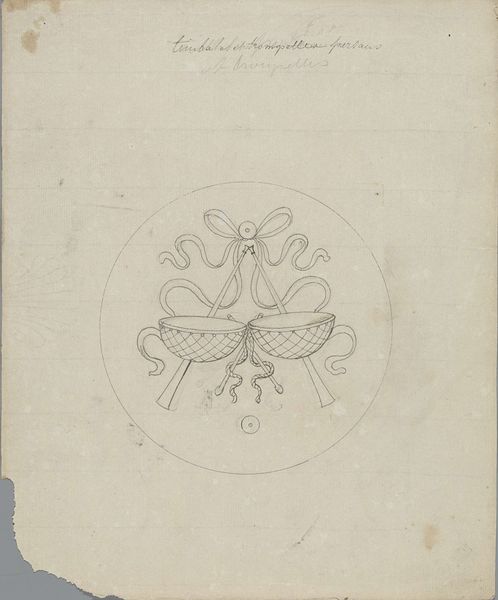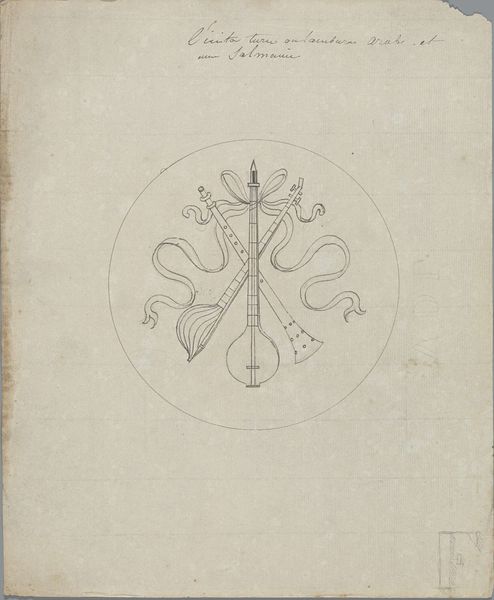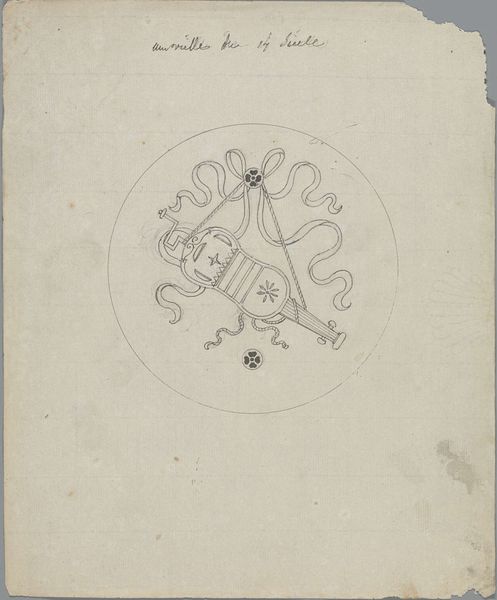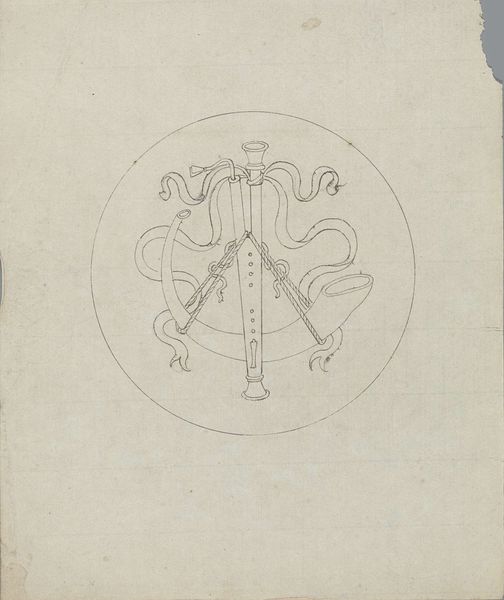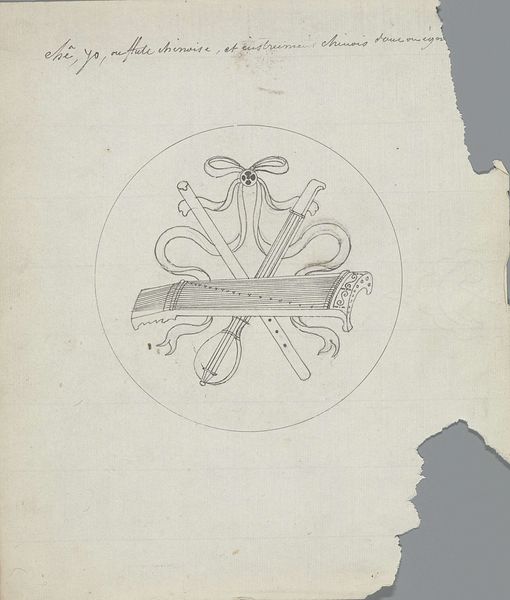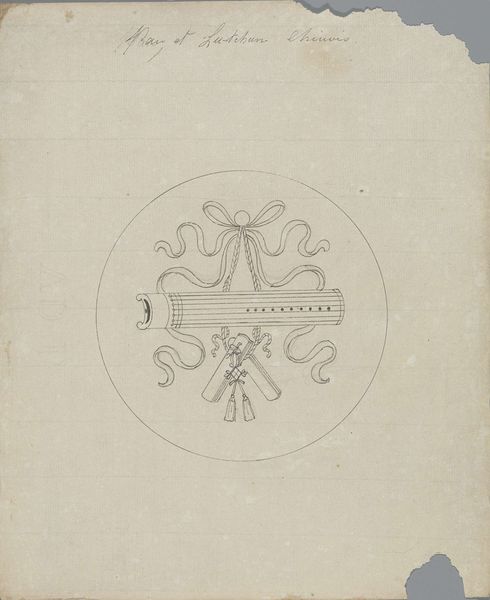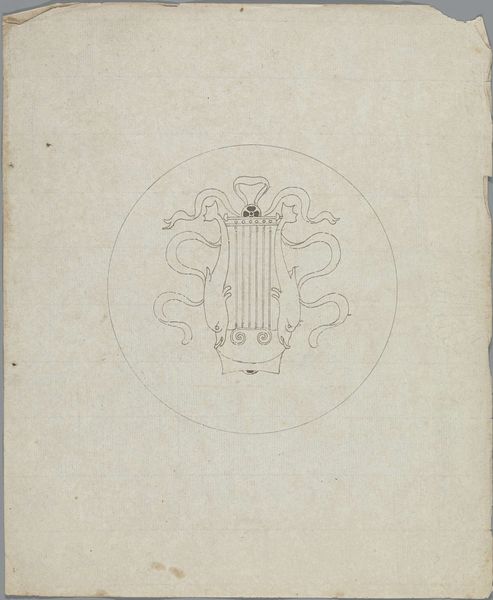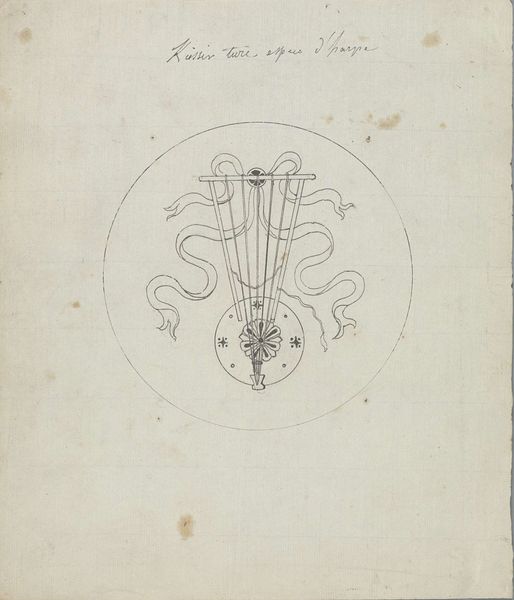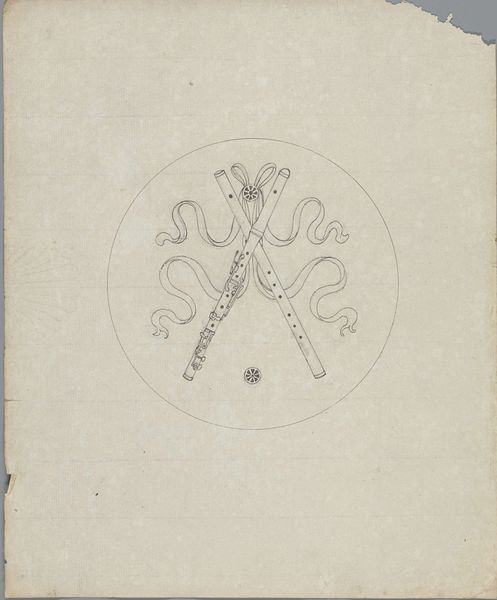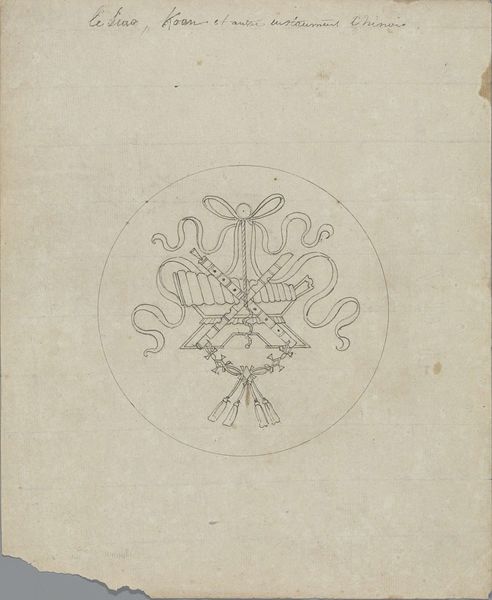![Le Marabba arabe et un salamine, flute tur[…] et le Sumara à deux tuyaux by Pierre Félix van Doren](/_next/image?url=https%3A%2F%2Fd2w8kbdekdi1gv.cloudfront.net%2FeyJidWNrZXQiOiAiYXJ0ZXJhLWltYWdlcy1idWNrZXQiLCAia2V5IjogImFydHdvcmtzLzgwMWVlNGU2LWU0ODQtNGFhNC1hZWNhLTRhMmEyNzQxYmYxYi84MDFlZTRlNi1lNDg0LTRhYTQtYWVjYS00YTJhMjc0MWJmMWJfZnVsbC5qcGciLCAiZWRpdHMiOiB7InJlc2l6ZSI6IHsid2lkdGgiOiAxOTIwLCAiaGVpZ2h0IjogMTkyMCwgImZpdCI6ICJpbnNpZGUifX19&w=3840&q=75)
Le Marabba arabe et un salamine, flute tur[…] et le Sumara à deux tuyaux before 1828
0:00
0:00
drawing, paper, ink, pencil
#
drawing
#
aged paper
#
toned paper
#
homemade paper
#
asian-art
#
sketch book
#
paper
#
form
#
personal sketchbook
#
ink
#
geometric
#
pencil
#
orientalism
#
ink colored
#
line
#
sketchbook drawing
#
watercolour illustration
#
sketchbook art
#
watercolor
Dimensions: height 253 mm, width 208 mm, diameter 123 mm
Copyright: Rijks Museum: Open Domain
Curator: Before us is a work entitled "Le Marabba arabe et un salamine, flute tur[...] et le Sumara à deux tuyaux" created before 1828 by Pierre Félix van Doren, a delicate composition rendered with pencil and ink on paper. Editor: The faded paper gives it such an intimate feel. It looks like we’ve stumbled upon a private page torn from a well-loved sketchbook. Curator: It is interesting to contextualize this sketch within the tradition of Orientalism, a 19th-century Western fascination with the cultures of the Middle East and Asia. This drawing is emblematic of a period rife with both genuine interest and problematic appropriations. Editor: Looking closely at the means of production – the lines are simple, economical. Van Doren is not attempting hyper-realism. Instead, he appears interested in cataloging, archiving, if you will, a specific kind of cultural object and its materials. Curator: Precisely! We have to consider how access to these cultures was mediated through colonial power dynamics, where the "Orient" was often constructed as exotic and "other." Van Doren, like many artists of his time, contributes to this construction, albeit perhaps unintentionally, by depicting these instruments detached from their social contexts. Editor: Consider, too, the paper itself. Given the reference to homemade paper in the object details, it introduces an artisanal, handmade element at odds with Western industrialized manufacturing. It gives value to non-European craft at the time. Curator: Absolutely. This tension mirrors the larger discourse on orientalism, where Western observers sought to romanticize certain aspects of Eastern cultures while simultaneously upholding Western hegemony. This work exists within a complicated web of intercultural exchange and unequal power relations. Editor: Ultimately, its simple rendering belies complex layers of material, labor, and cross-cultural exchange, pushing us to ask some key questions. Curator: It prompts us to confront the gaze through which we, and Van Doren himself, perceive different cultures. A small drawing with massive implications for thinking about cross-cultural dialogues, even today.
Comments
No comments
Be the first to comment and join the conversation on the ultimate creative platform.
